The Evolution of Off-Road Vehicles: From Traditional to Urban SUV
The off-road vehicle has weathered significant changes since the turn of the century, with traditional models yielding to urban SUVs. Shifts from body-on-frame to unibody construction and from longitudinal rear-wheel drive to transverse front-wheel configurations have reshaped the landscape. Although purists may balk at these changes, most consumers have embraced them for the enhanced economy and drivability they deliver.
The Global Phenomenon: Urban SUVs Conquer the Market
In the early 21st century, urban SUVs triggered a crossover craze that swept across the globe. Addressing the nascent private car market in China, these vehicles gained rapid popularity, tapping into the burgeoning consumer appetite for practical yet stylish transport.
Milestones such as the 2003 Beijing Jeep Mitsubishi Outlander and the 2004 Dongfeng Honda CR-V, which created a trend of selling above list price, marked the beginning of this fever. Successive localization of models like the Toyota RAV4 and Nissan X-Trail further fueled the market’s growth, placing China at the epicenter of the global evolution of the urban SUV.
China’s Market Needs Shape the Urban SUV
As urban SUVs encountered China’s dynamic private car market, they swiftly shed their playful disposition, morphing into a more family-oriented form. The Chinese market’s preference for versatile vehicles overshadowed the demand for individuality.
Since the introduction of the 100,000-yuan sedan in the early 21st century, the consumer focus has leaned heavily toward three-box cars. Despite the media’s promotion of hatchbacks for their cargo-friendly design, the allure of a separate trunk space was undeniable. Classic models like the Golf 4 could not compete with the more spacious trunk of a three-box Peugeot 307.
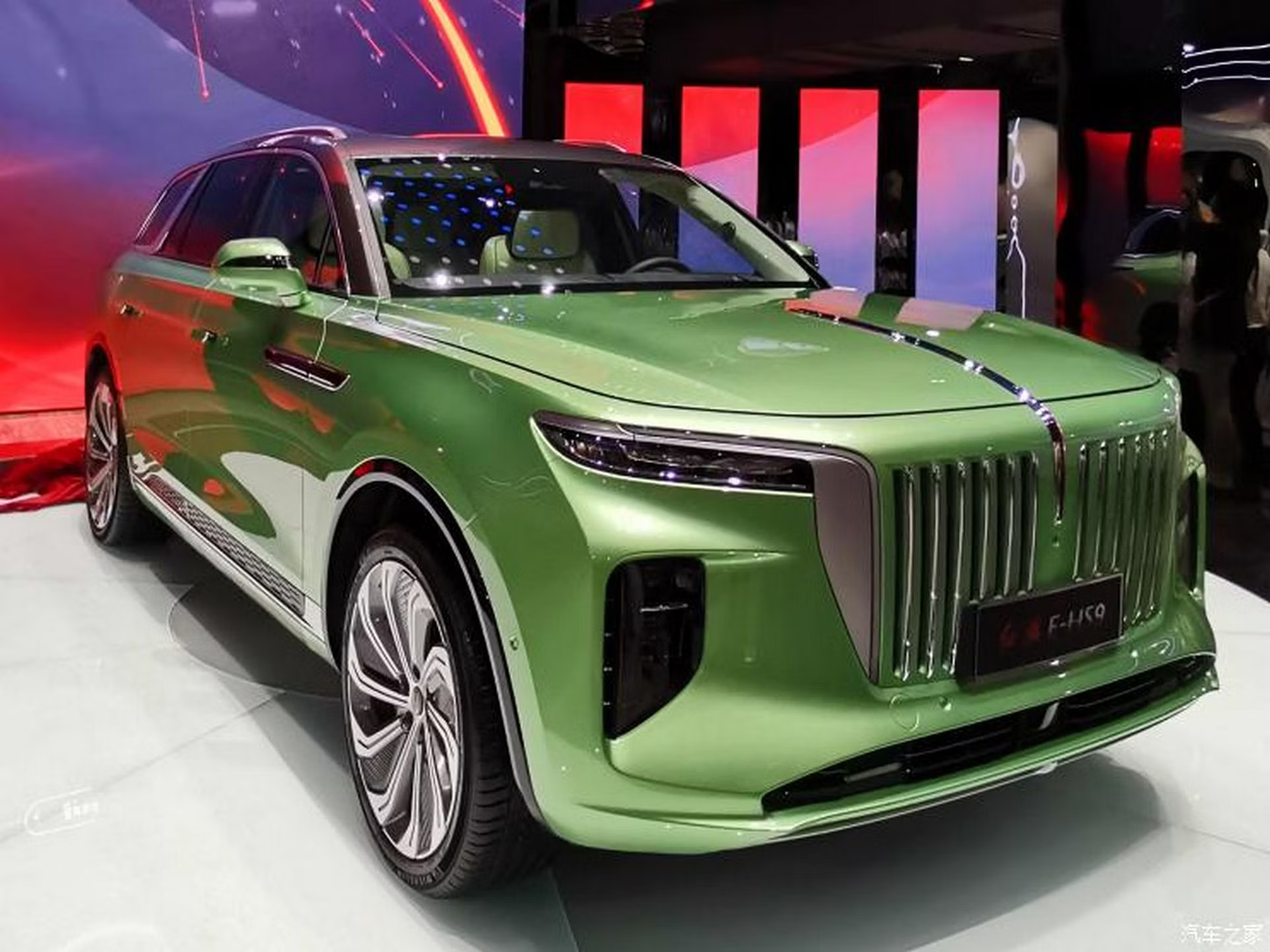
Family Cars: Initial Demands Set by Chinese Consumers
The essential demand for family cars in the early Chinese market was simple: larger trunks, more spacious rear seats, and higher ground clearance. Such straightforward requirements met with the urban SUV to spark an intense buying spree.
The Rise of Honda CR-V: Defining the Chinese Market
The locally produced Dongfeng Honda CR-V in 2004 carried forward the vitality of its predecessors while making the brand more accessible. Successor generations, like the 2006 third-generation CR-V, witnessed a complete shift from the playful Japanese RV style to a more sober family-oriented design, seamlessly integrating with urban surroundings.
The transition to larger, more luxurious vehicles with reduced off-road capability was evident with the dominance of two-wheel-drive models over four-wheel-drive versions.
The Arrival of Toyota RAV4
Meanwhile, Toyota’s third-generation RAV4 retained its traditional RV character with an external spare tire, creating a differentiated niche alongside the popular CR-V.
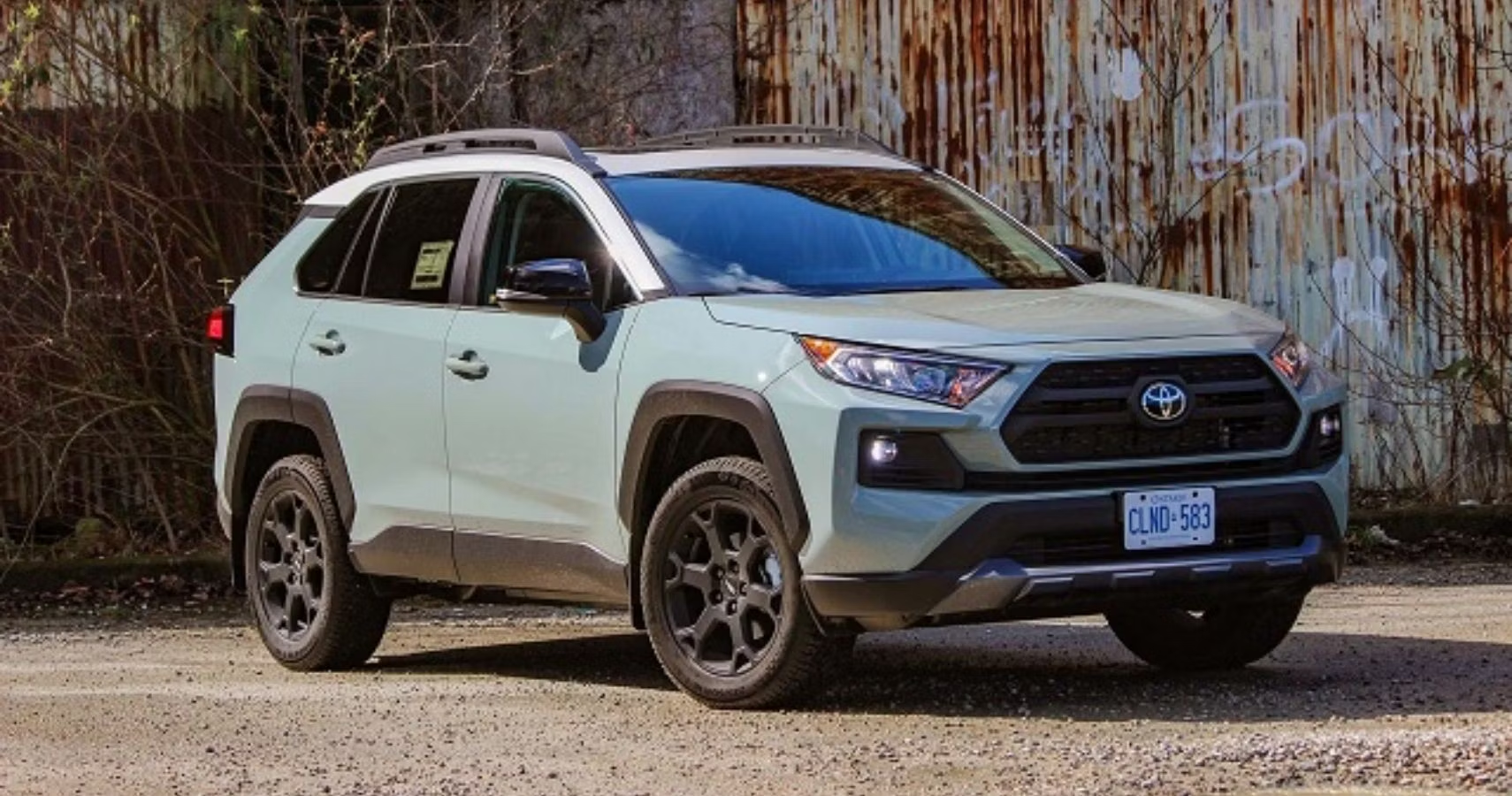
China’s SUV Era and the Haval H6
The second decade of the 21st century marked the rise of Chinese SUVs, with the Haval H6 epitomizing cost-effective versatility. As Chinese SUVs forewent off-roading prowess, they focused on catering to broad consumer needs.
The Modern Landscape: City SUVs as a Practical Choice
With China’s substantial infrastructure development, the need for greater clearance decreased. Current SUVs may struggle with terrains easily navigated by their sedan predecessors, which may not entirely hinge upon road conditions but also on the evolving nature of modern vehicles.
Today’s city SUVs have transitioned from niche, leisure-oriented products to balanced offerings suited for the wider consumer base, meeting comprehensive demands in versatility and practicality. This comprehensive approach encapsulates the essence of the modern urban SUV.


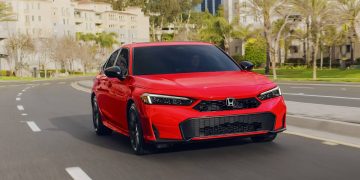
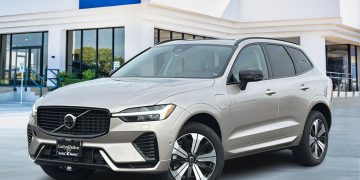
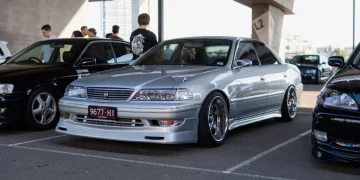

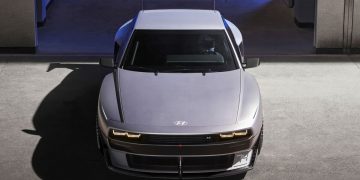
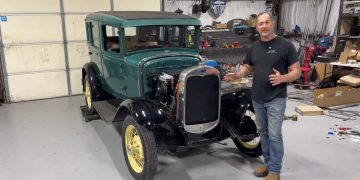

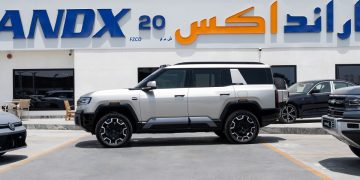

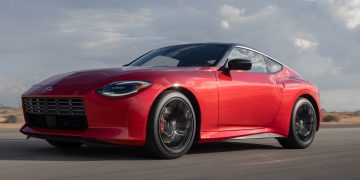


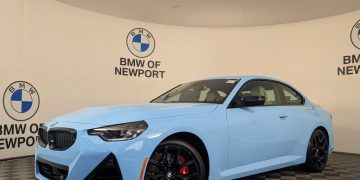



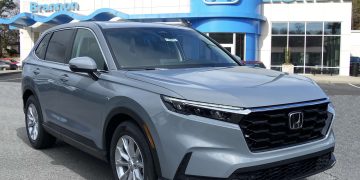
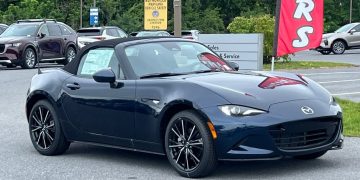
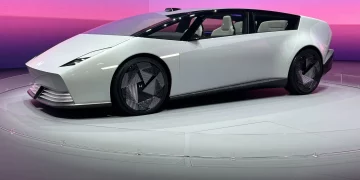













Discussion about this post